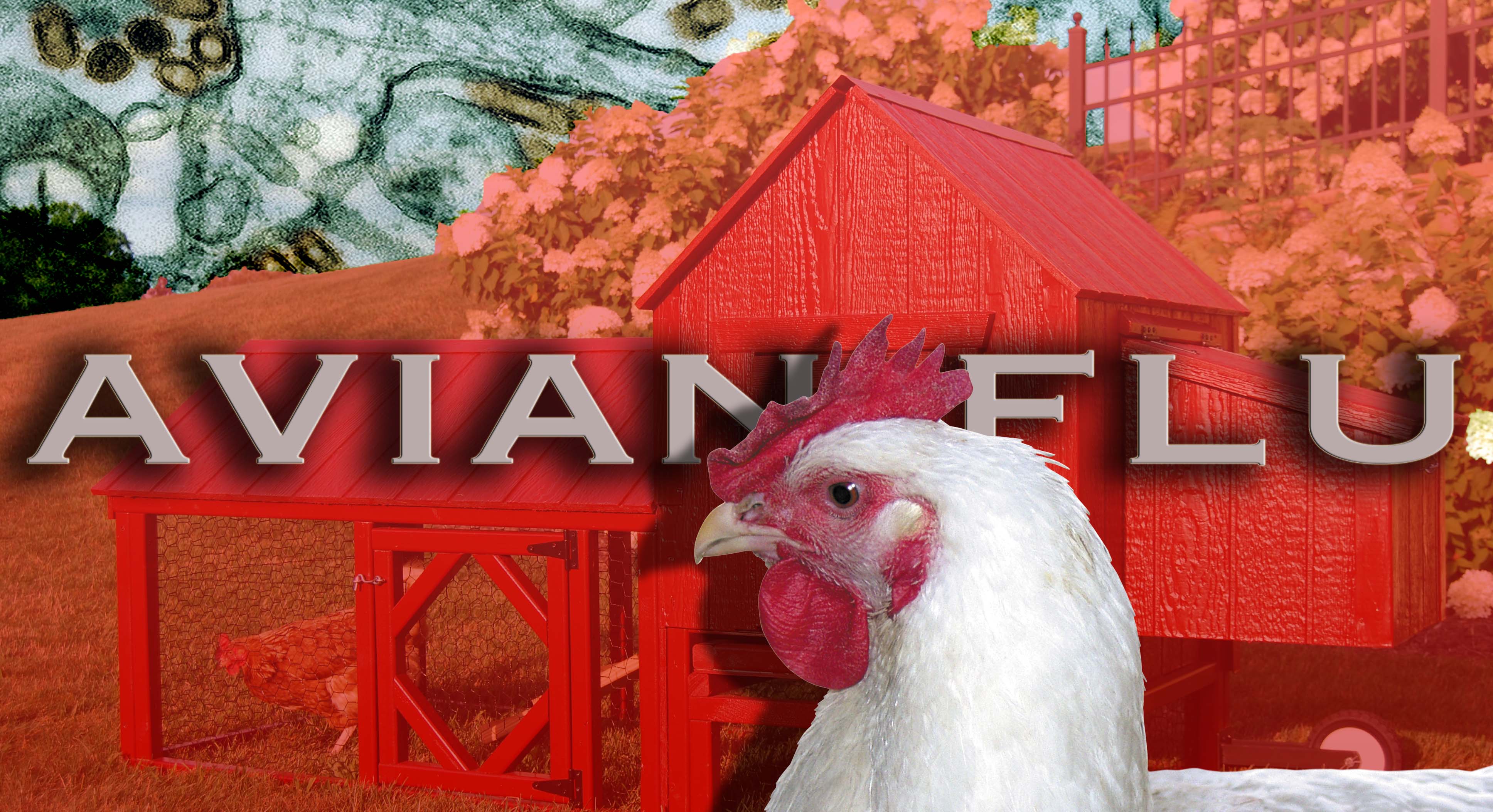Avian flu discovered in birds around St. John’s, Environment Canada says

Environment Canada says a highly pathogenic avian influenza first identified on a farm on the Avalon Peninsula has been found in birds around the St. John’s area
In a statement from the City of St. John’s on Friday, officials said Environment Canada had confirmed the influenza, known as H5N1 and often called bird flu, has been found in wild birds in areas like Bowring Park, Quidi Vidi Lake and other areas frequented by flocks of birds.
“Like our human flu, it has variants that we refer to as highly pathogenic, meaning that they cause illness and death in birds that get infected with them,” said Ian Jones, a biology professor at Memorial University.
The city has asked residents not to feed, touch or handle wild birds, including ducks, pigeons and gulls.
“The exhibition farm where the disease was first identified was under quarantine, which included a 10-kilometre zone with movement control measures and enhanced biosecurity to limit the potential spread of the disease.“
Cases of H5N1 were first identified on the island around mid-December on an exhibition farm on the island, according to the Canadian Food Inspection Agency and a report from the World Organisation for Animal Health (OIE).
Jones said the flu circulates naturally in birds, with higher case numbers in Europe signalling a higher risk for North American poultry flocks this year. The disease is often found in birds such as chickens, turkeys, quails, and guinea fowl, as well as pet and wild birds.
Jones suspects the flu could have come from Europe in recent months, as some species of geese not usually seen in North America have been found in the province following an October windstorm.
“It was a major system filling almost the entire North Atlantic, producing very strong winds from northern Europe straight across and then down to Newfoundland, including the Avalon Peninsula. Migrating waterfowl, especially geese from Europe, were caught up in this,” he said.
“Birdwatchers have observed in eastern Canada an unprecedented number of barnacle geese and pink-footed geese, two European geese species that don’t normally occur here.”
Jones said the risk of humans getting the disease is low and it would involve dealing with the insides of infected animals. The biggest risk, Jones said, comes in agriculture and the poultry industry.
The exhibition farm where the disease was first identified doesn’t produce birds for sale, the agency said, adding it won’t have an effect on poultry trade. The farm was under quarantine, which included a 10-kilometre zone with movement control measures and enhanced biosecurity to limit the potential spread of the disease.
According to the OIE, 419 birds were identified to be carrying the flu. Of those, 360 died, while 59 had to be euthanized.
In a statement to CBC News earlier this month, Country Ribbon — the province’s largest poultry producer — said production wouldn’t be affected and strict monitoring was taking place to ensure safety at their farms.












